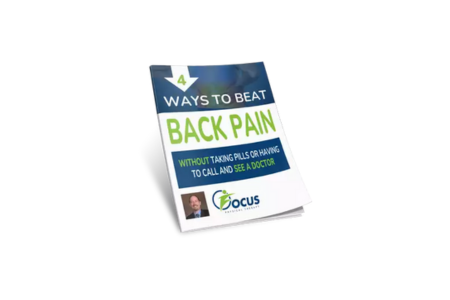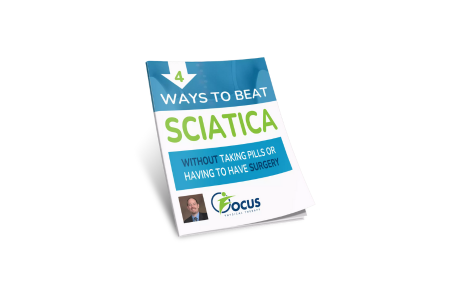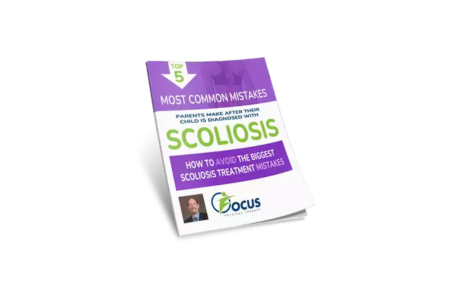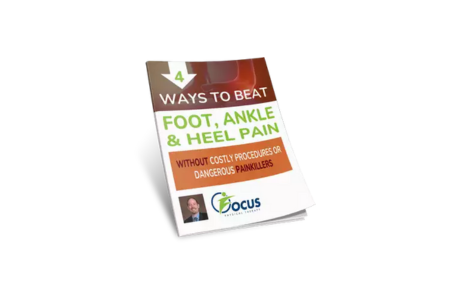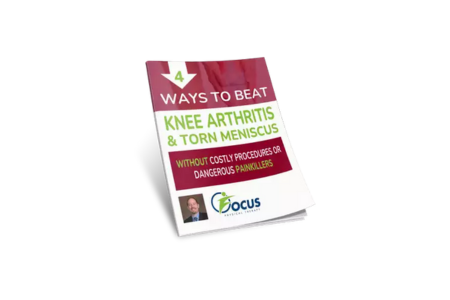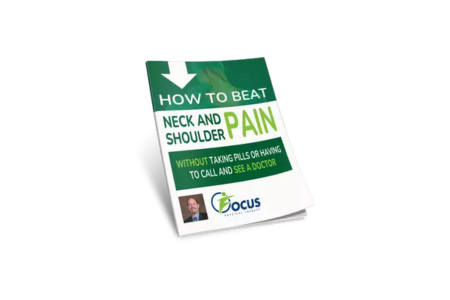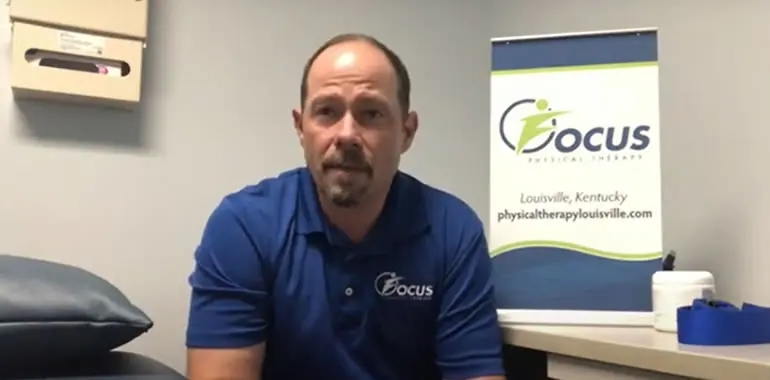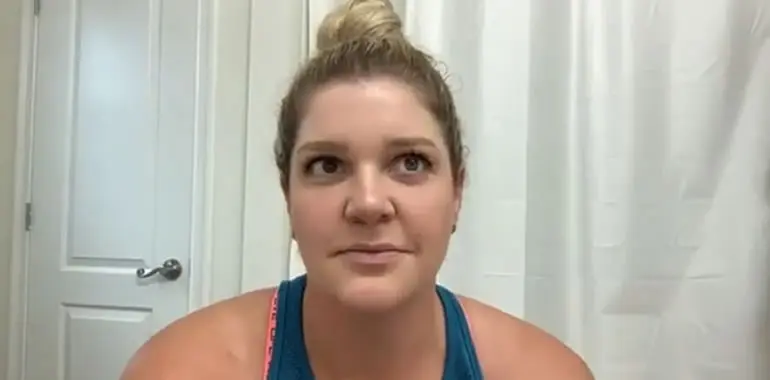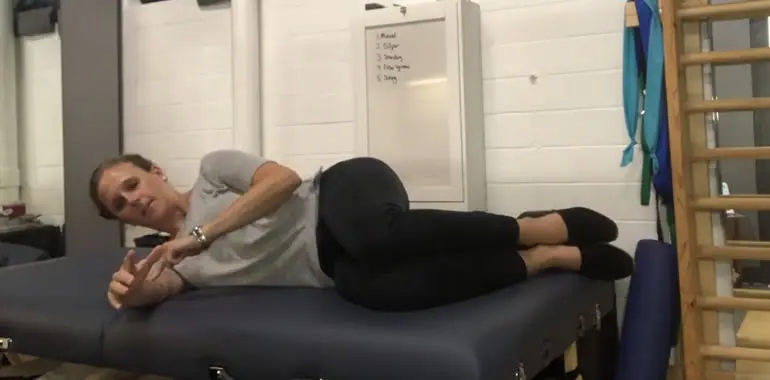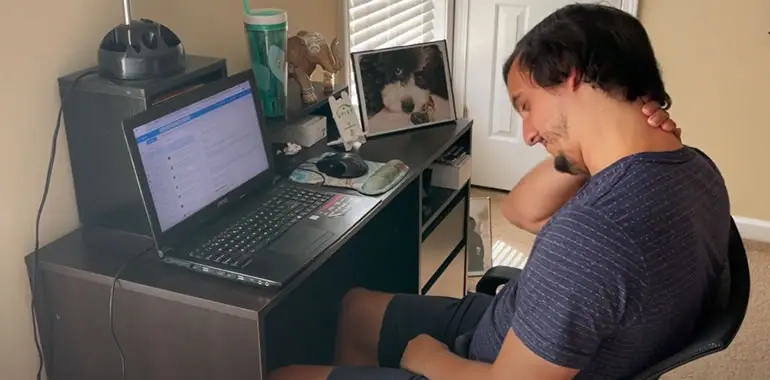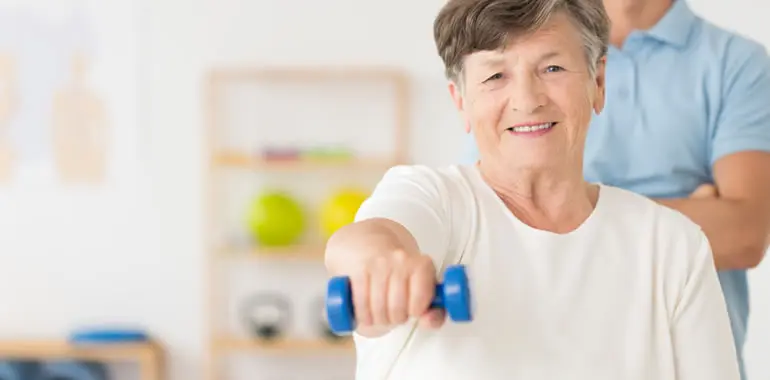4 Essential Exercises To Keep You Running Strong
- Dr Brad Conder
Imagine this: you’re inches away from the finish line, running strong…
Months of preparation, hours spent running, and all the sweat, passion, and drive have led you to this moment.
But just as the crowd’s cheers grow louder and you’re about to mark another half marathon under your belt, a sharp pain brings you to a screeching halt.
A pain that seems to resonate deeper than just the physical. It’s the pain of missed opportunities, the frustration of halted progress, and the agony of seeing your goal slip away when it was so close.
I understand, finding the time in an already-packed schedule to stay active can be a challenge and when that hard-earned fitness routine is disrupted by an injury, it’s more than just a physical setback. It’s an emotional one.
Running injuries, particularly among those preparing for half marathons, are unfortunately common.
The silver lining? They’re preventable.
With the right exercises and guidance, you can take proactive steps to ensure that each run is not just injury-free but also more enjoyable.
Let’s delve into the 4 key exercises to keep you running strong.
Ready, Set, Go…
4 Key Exercises To Keep You Running Strong
The Dynamic Quad Stretch
How It Helps:
This exercise focuses on the quadriceps, muscles that often become tight in runners.
By improving their flexibility, you not only reduce the risk of strains but also ensure a more balanced and efficient stride.
Properly stretched quads can help distribute the force of landing more evenly, preventing undue stress on your knees.
Directions:
Stand tall.
Bend one knee, bringing the heel towards your glutes.
Hold onto your ankle with the same side hand.
Keep your knees close together and push your hips forward.
Hold for 15-20 seconds, then switch to the other leg.
A well-stretched quad is a runner’s best friend. Incorporate this into your pre-run routine for a smoother stride.
The Hamstring Scoops
How It Helps:
Hamstrings, located at the back of your thighs, play a pivotal role in propelling you forward.
Strengthening and stretching them not only reduces the risk of pulls and tears but also allows for a greater range of motion.
This translates to longer, more efficient strides.
Directions:
Stand with one foot extended forward, heel on the ground, and toes pointing upwards.
Bend your standing leg slightly.
Hinge at the hips, lean forward while sweeping your hands alongside your extended foot (like scooping).
Return to the starting position and alternate legs.
Remember, powerful hamstrings equal powerful strides. This stretch ensures you’re utilizing their full potential.
The Calf Raises
How It Helps:
Your calves are like the springs in your step, absorbing the shock of each footfall.
By strengthening them, you’re equipping yourself with better shock absorbers, reducing the risk of calf strains and protecting your Achilles tendon.
A robust calf muscle supports better arch function and reduces fatigue during long runs.
Directions:
Stand upright with feet hip-width apart.
Slowly rise onto your toes, engaging your calf muscles.
Lower back down.
For an added challenge, do this exercise on a step, allowing your heels to dip below the step during the downward phase.
Springy calves mean resilient steps. Don’t underestimate the power of this simple exercise!
The Hip Flexor Stretch
How It Helps:
Your hip flexors, when tight, can limit your stride length and potentially cause discomfort or imbalances.
Opening and stretching the hip flexors ensures you maintain a natural gait, preventing overuse injuries and ensuring efficient use of energy during runs.
Directions:
Begin in a lunge position, with one foot forward and one extended back.
Keep both hands on the waist and push your hips forward.
You should feel a stretch along the front of the hip on the extended leg.
Hold for 20-30 seconds and switch sides.
Loose hip flexors mean a free and unencumbered stride.
Keep them limber for those final sprint finishes!
Incorporating these exercises into your routine can make a significant difference, not just in injury prevention but also in improving your running performance.
And for our passionate runners over 40, that could mean the difference between merely participating and truly excelling in those cherished half marathons.
Bonus: Unlock the Secrets to Running Strong
Ever dreamt of having expert advice within arm’s reach?
Your wait is over.
Grab your copy of our FREE expert report titled ‘4 Ways To Beat Foot, Ankle & Heel Pain‘.
Written by our expert physical therapist Brad Condor, dive into free expert advice that promises relief from top-of-foot pain, steering clear of costly procedures or risky painkillers.
Imagine a world where your feet feel fabulous, every step, every game!
Ready to Cross The Finish Line Without Injury?
While the exercises highlighted can be game-changing, sometimes, a more personalized approach might be the key to your recovery.
If you’re tired of being held back by the pain, don’t just live with it.
Why not take action?
Explore our no-cost FREE Foot and Ankle Pain Assessment.
Immerse yourself in the experience of connecting with a seasoned professional, being genuinely understood, and setting out on your path to a life free of foot pain.
This is by far the fastest and most effective way to begin treatment for your top-of-foot pain. That’s why so many people visit our clinic every single day.
Alternatively, if you prefer the comfort of your cozy corner, we offer a Free Telephone Consultation. The same expert advice, the same compassionate listening, all from the comfort of your home. Call 502 509 3136 and let’s chat.
You shouldn’t let foot pain overshadow your everyday joys.
Armed with the right techniques and insights, you can confidently step back into your favorite activities, enjoy your time with loved ones, and cherish life’s simple pleasures.
Cheers to a future with no foot pain and many triumphant moments!
Additional Expert Advice To Reduce Your Scoliosis & Back Pain
Read Our Blog – 3 Proven & Safe Stretches For Reducing Top of Foot Pain From Pickleball
Read Our Blog – Running Tips That Everyone Should Know
"Tell Us Where It Hurts..."
And We’ll Send You Our Best Advice And Top Tips In One Special Report...
It’s FREE! Just Look Below And Find The One That Works Best For You...

